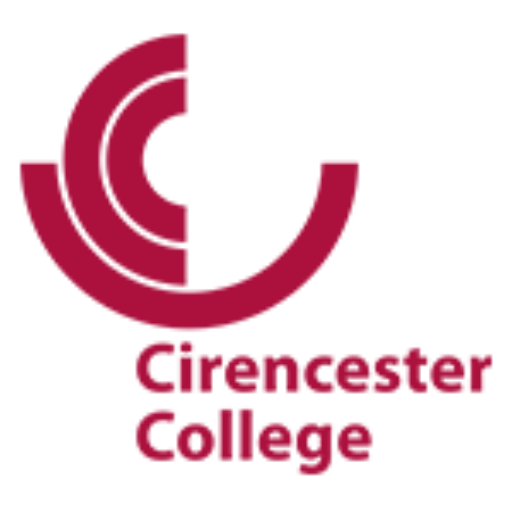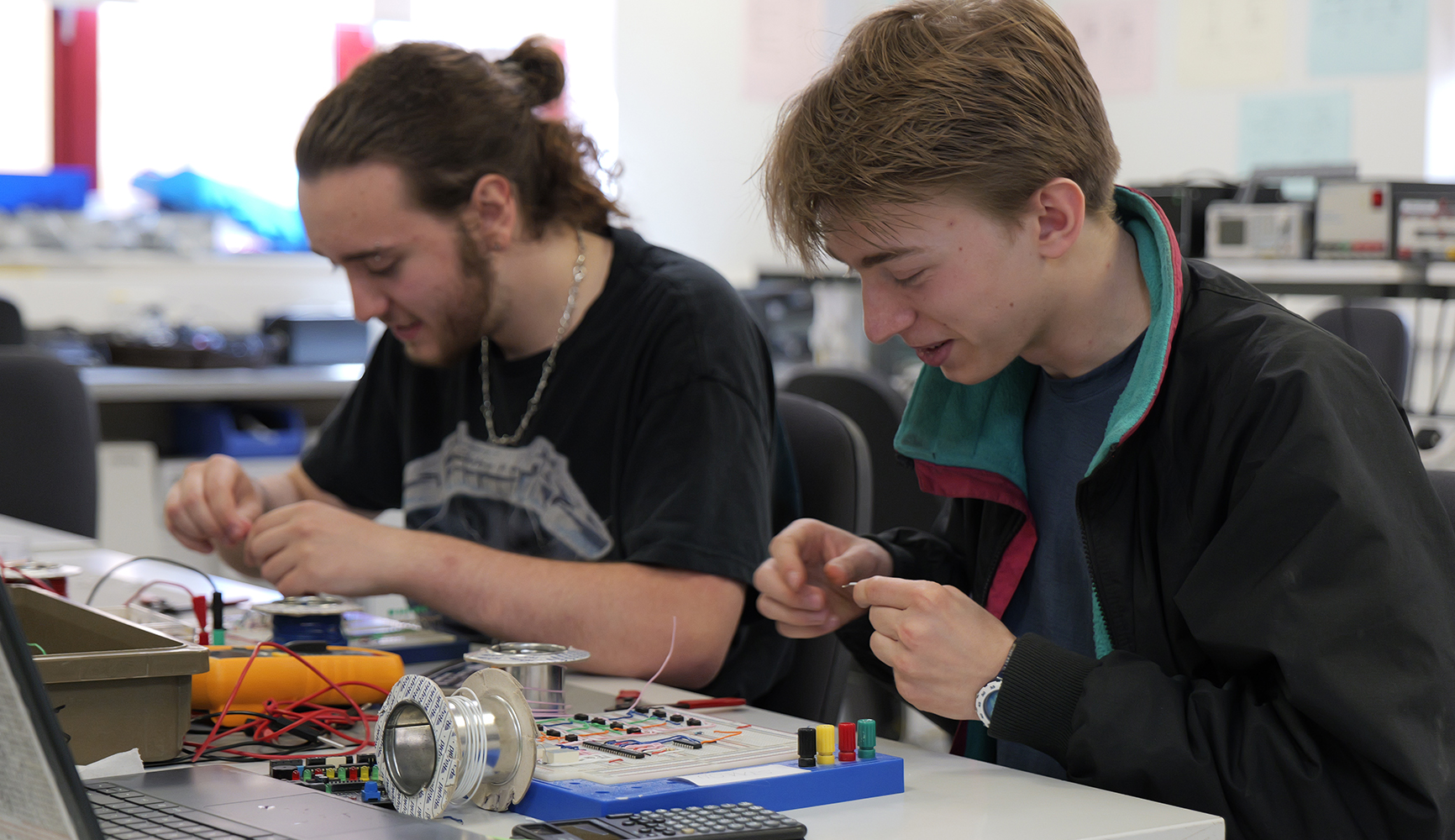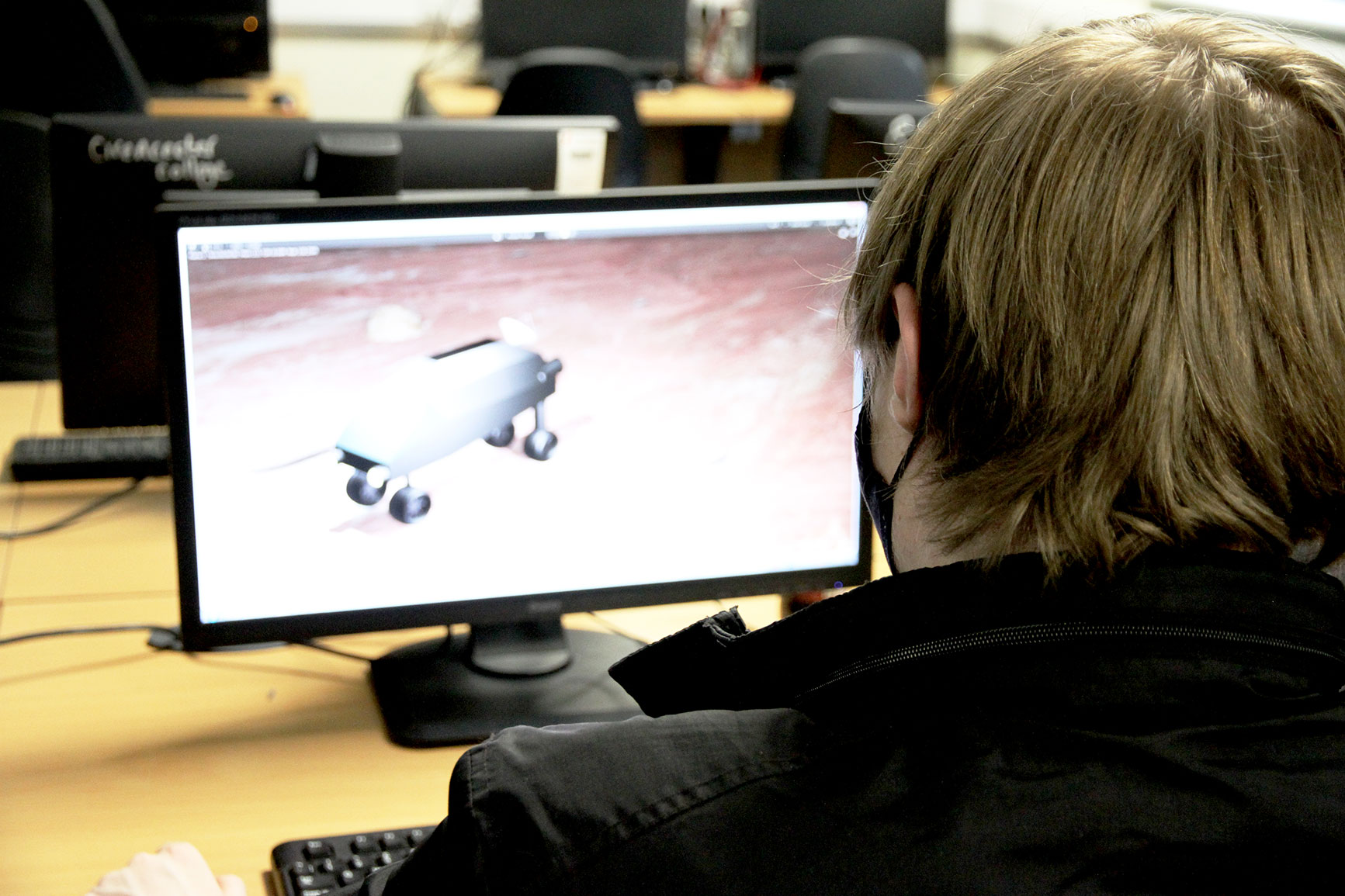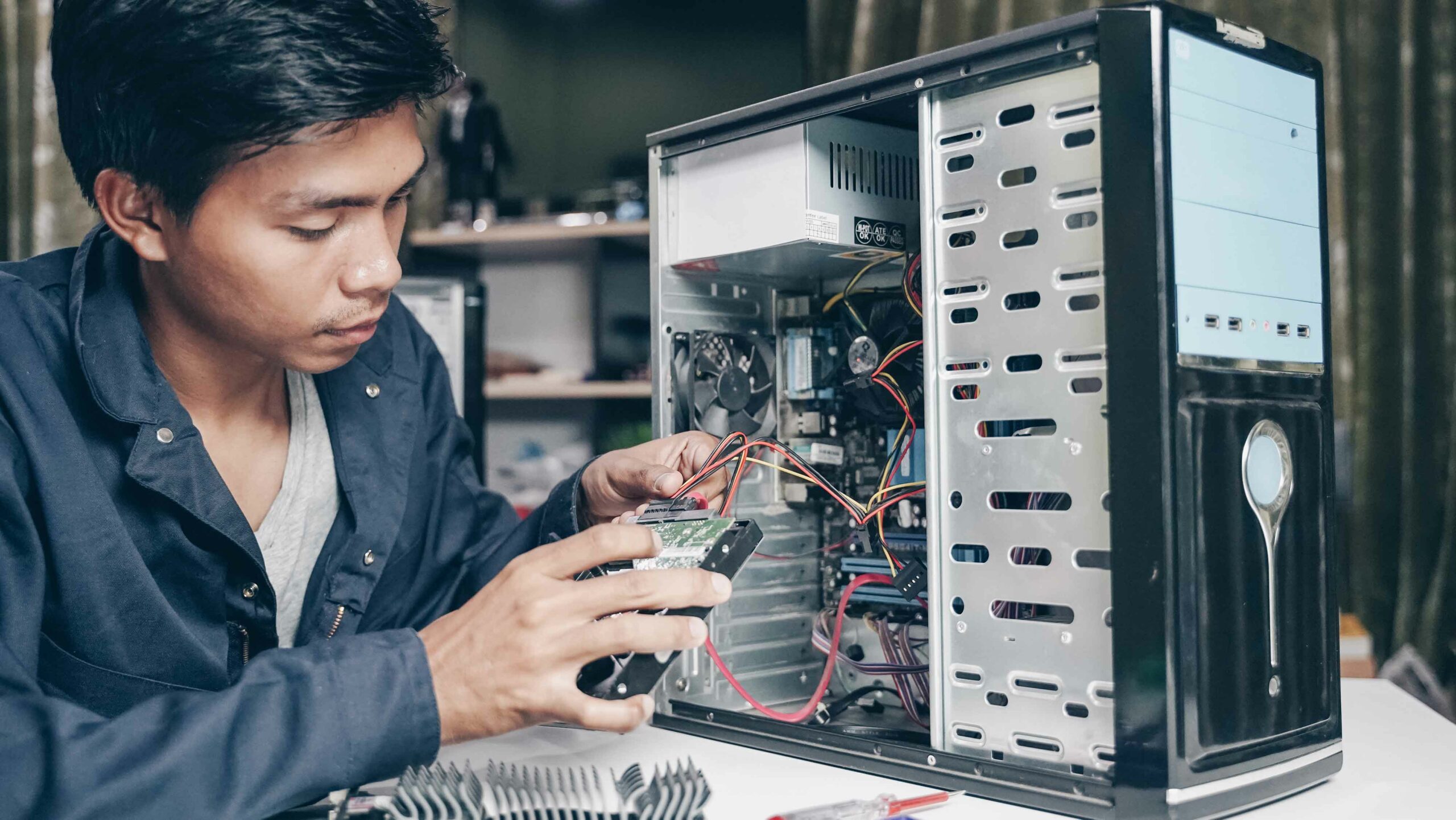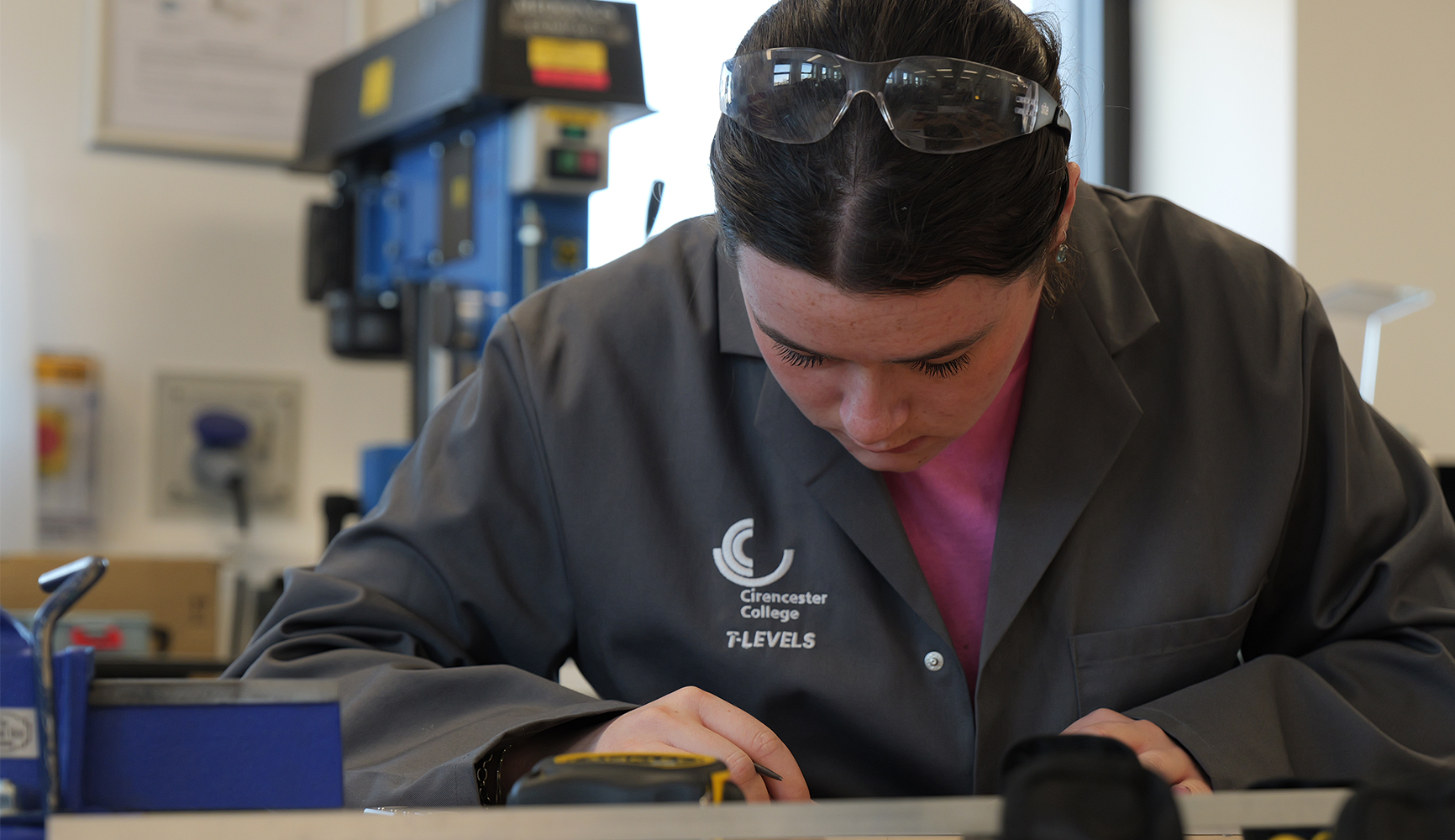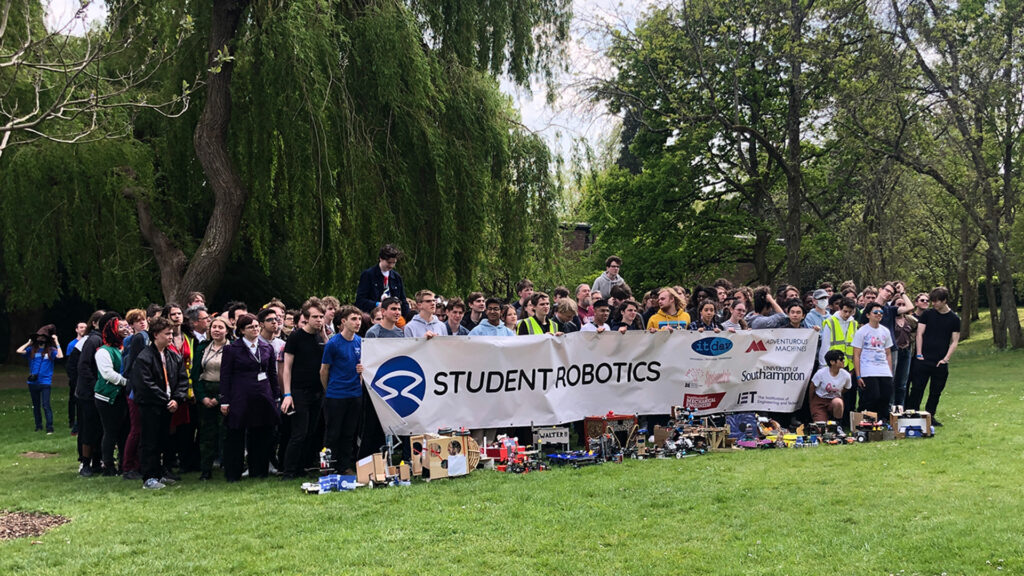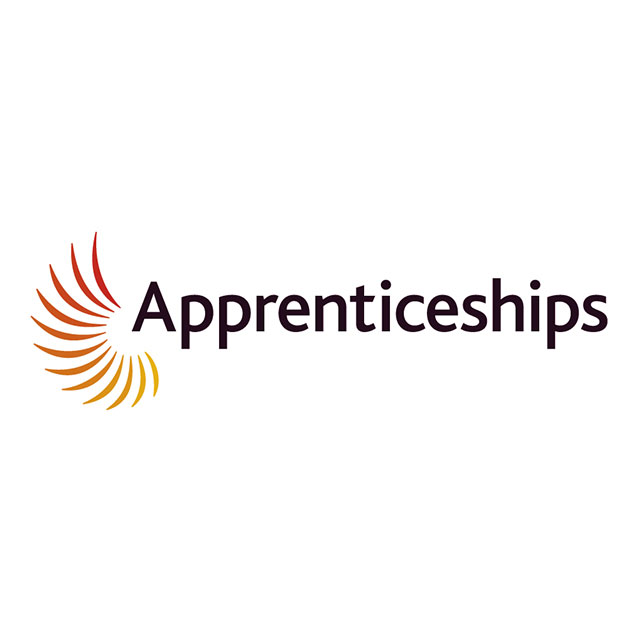DO NOT DELETE OR EDIT THIS ROW OR ITS CONTENTS

Are you curious about how modern gadgets work? A-level Electronics offers a fascinating journey into the world behind today’s technology. Students gain a strong foundation in electronic principles, systems and real-world applications. You'll explore how circuits function, how programmable systems are used to automate processes, and how electronic technologies are shaping our future — from robotics to clean energy and communications. Learning combines theory with hands-on practical work. you will will build circuits, write simple code, and use simulation software and lab equipment to bring ideas to life.
What will I study in Electronics A-level?
If you're into technology, problem-solving, or just enjoy taking things apart to see how they work — A Level Electronics gives you the chance to understand the systems behind the tech you use every day. You'll explore the science of circuits, learn to program real devices, and gain hands-on experience with tools and components.
Year 1
In the first year, you’ll build a solid understanding of the building blocks of electronics, learning both the theory and the practical skills needed to create working systems.
Core Electronics
This is where we start by building upon your GCSE science studies. This is where you’ll get to grips with how electricity flows in a circuit. You’ll study voltage, current, and resistance, and learn to apply Ohm’s Law to analyse and build circuits using resistors, LEDs, and batteries. You’ll learn how to break a complex problem into parts — input, process, and output — and then design a complete electronic system to solve it.
Semiconductor Components
This is your introduction to the core components that power most modern devices. You’ll learn how diodes and transistors work, and how they can be used for switching, amplification, and signal control.
Logic Systems
Welcome to the world of 1s and 0s! You’ll study digital logic — the language computers use — and design circuits using logic gates to perform decision-making tasks, such as turning something on when multiple conditions are met.
Operational Amplifiers (Op-Amps)
Op-Amps are powerful and versatile components used in signal processing. You’ll learn how to use them to amplify tiny signals, filter out noise, or create more complex circuit behaviours.
Timing Circuits
You’ll design circuits that create delays, flashes, or pulses — useful in everything from alarms to light shows. This includes using the popular 555 timer chip to generate timed output signals.
Sequential Logic Systems
Sequential logic circuits can remember what just happened — essential for building counters, traffic light controllers, or digital clocks. You’ll learn how to use flip-flops and timing to control sequences of events.
Microcontrollers
This is where electronics meets coding. You’ll program small, powerful devices that can control sensors, motors, and displays — ideal for building automatic or interactive systems.
Mains Power Supplies
You’ll explore how electronic circuits connect to and use power from the mains. You’ll study transformers, rectifiers, and regulators — essential knowledge for safely powering devices from wall sockets.
Year 2
In the second year, you’ll put your knowledge into action — designing more advanced systems and exploring how electronics are used in modern communication, automation, and entertainment.
Signal Conversion
You’ll learn how signals are converted between analogue (real-world) and digital (computer) formats, so devices can understand and process information from sensors or other systems.
AC Circuits and Passive Filters
These circuits work with alternating current (AC) and are often used in sound, radio, and power systems. You’ll study how to use filters to clean up signals and block unwanted noise or interference.
Communication Systems
You’ll explore how information is transmitted between devices — like sending data between a phone and a speaker. Topics include modulation, bandwidth, and how signals are prepared for travel over wires or air.
Wireless Transmission
Dive into the world of radio, Bluetooth, and other wireless technologies. You’ll study how information is transmitted through space using electromagnetic waves — no cables needed!
Instrumentation Systems
Learn how electronics are used to measure real-world conditions — like temperature, pressure, or speed — and how these measurements are displayed, logged, or used to trigger other actions.
Digital Communications
Find out how computers and systems send data in binary. You’ll study how messages are structured, checked for errors, and kept secure during transmission — the same principles behind the internet and mobile networks.
Optical Communication
Explore how light is used to transmit information at high speed over long distances. You’ll learn the basics of fibre optics and how this technology supports everything from fast broadband to medical imaging.
High Power Switching Systems
This topic deals with circuits that control large amounts of current — like motors, industrial machines, or home appliances. You’ll learn how to switch high power safely and efficiently using transistors and other devices.
Audio Systems
You’ll study how sound is captured, processed, amplified, and played back using electronics. This includes microphones, amplifiers, tone controls, and how to eliminate noise for clear, high-quality audio.
By the end of the course, you’ll be confident designing and building real electronic systems — with skills in both hardware and software. Whether you want to go into engineering, tech, or creative industries, this course sets you up with powerful tools for the future.
Entry Requirements
At least five GCSEs at Grade 4 or above, all from the core subjects, including English and Grade 5 in Maths plus an Average GCSE score of Grade 5.
How will I learn?
A Level Electronics is all about combining theory with practical experience. You won’t just learn how electronic systems work — you’ll get to build, test, program, and troubleshoot them too.
Learning happens in a variety of ways to keep things active, engaging, and real-world:
Hands-On Practical Work
You’ll spend time in the lab using tools like breadboards, oscilloscopes, signal generators, and multi-meters to build and test your own circuits. From blinking LEDs and timers to working audio systems or programmed microcontrollers — you’ll gain the confidence to turn ideas into working prototypes.
Software & Simulation
Before building physical circuits, you’ll often simulate them using professional electronics software. This helps you understand how a design behaves and lets you test safely and quickly. You’ll also write basic code to program microcontrollers, developing skills in embedded systems — which power everything from cars to coffee machines.
Theoretical Learning with Real-World Context
You’ll study how and why components and systems work the way they do, using real-world examples like mobile phones, smart speakers, electric vehicles, and renewable energy systems. Topics build up from the basics to advanced applications, showing how each piece fits into the bigger picture.
Project-Based Learning
You’ll often work independently or in small groups on design tasks and projects — solving real-world problems, documenting your ideas, and evaluating your final systems. This develops your creativity, planning, and communication skills alongside your technical ability.
Skills You’ll Develop
By the end of the course, you’ll have gained a wide range of skills that will benefit you in further study, apprenticeships, or future careers:
Technical & Engineering Skills
- Designing, testing, and improving electronic circuits
- Using test equipment and interpreting real-world data
- Programming microcontrollers for automation
- Creating digital and analogue systems for practical use
Problem-Solving & Logical Thinking
- Analysing problems and breaking them down into steps
- Designing systems to meet real requirements
- Debugging hardware and software systems
Digital & Computing Skills
- Programming simple devices
- Using simulation and design software
- Understanding how data and signals move in networks
Transferable Skills for Life and Work
- Planning and managing technical projects
- Working independently and in teams
- Communicating complex ideas clearly
- Paying attention to detail and evaluating performance
How will I be assessed?
You will take 2 exams at the end of the second academic year. Each is equivalent to 40% of your final grade. Both have a mix of short and extended answer questions and are 2 hours 45 minutes in length.
There is also a coursework element to A-level Electronics, this is 20% of your final grade. You will complete 2 tasks,
- The first, at the end of the first year, is a microcontroller system. You come up with an idea, analyse and research it. Then produce a specification and working program, which is then fully tested and evaluated. This project is worth approximately 6% of the the coursework
- The second is in the winter of your second year. This is very much like the previous project, however it requires a larger system with a much greater focus on testing and development. This is worth 14% of the the coursework
Are there any costs involved?
There are no mandatory costs, however it is recommended that students purchase a breadboard and multimeter to help them carry out practical work at home, the total cost for these is likely to be in the region of £25 - £30.
A kit and Multimeter such as these will give a good start
FAQs
Electonics is an applied science, as such there are particular topics with a heavy maths element
Most A-level Electronics students have not done GCSE Electronics.
Awarding Body
WJEC EDUQAS
Available As
[56 UCAS pts. available]

Add to Application
What can I do after I have taken this course?
Available As
[56 UCAS pts. available]

Add to Application

DO NOT DELETE OR EDIT THIS ROW OR ITS CONTENTS

